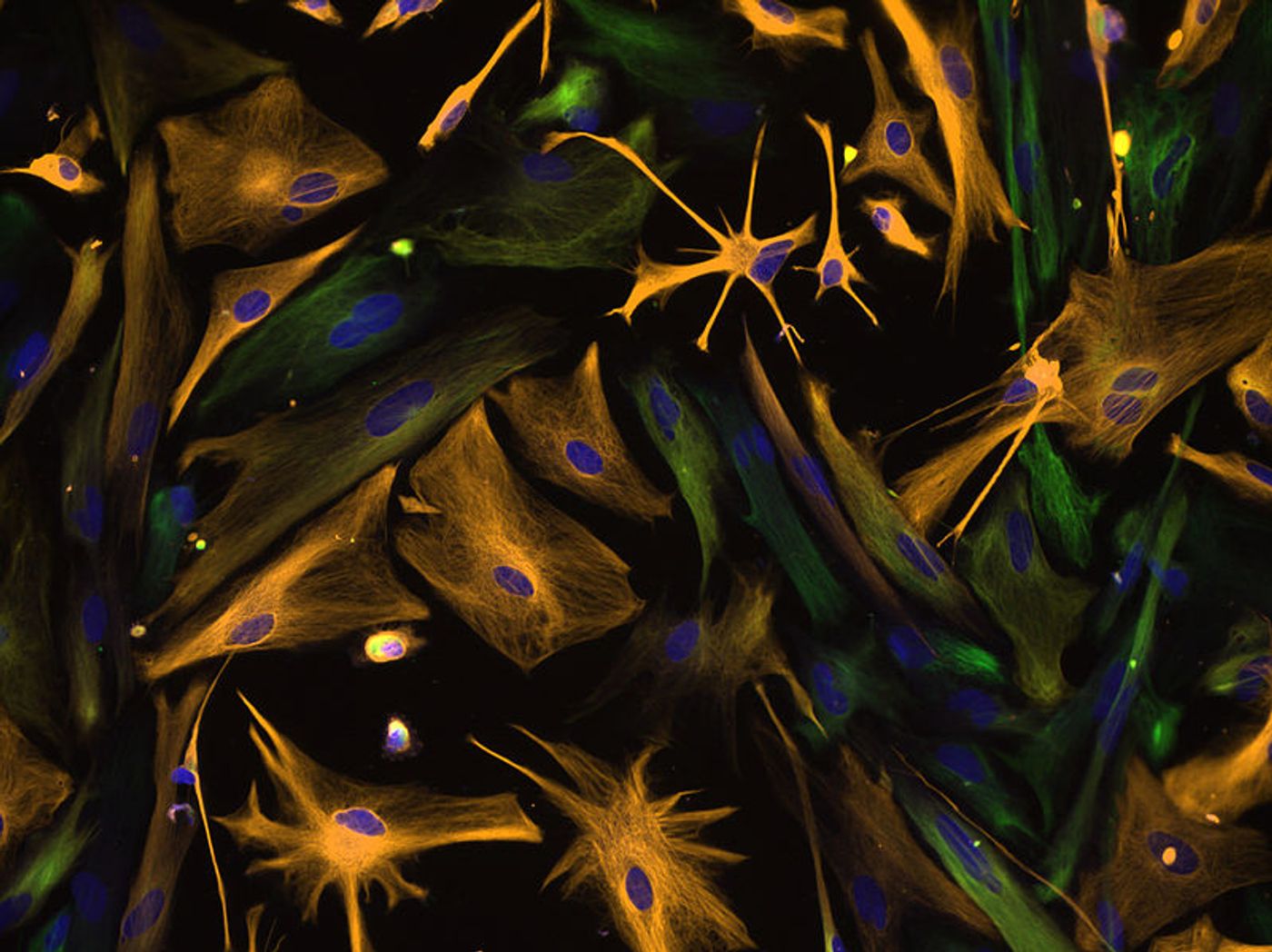Researchers at the Agency for Science, Technology and Research (A*STAR), Singapore, have shown that alterations in regulatory regions of RNA can have a dramatic impact on how much protein is then produced in stem cells. That control over protein levels has important effects on differentiation, or the type of cell that is created.
Embryonic stem cells, ESCs, are critical in development. ESCs can turn into any type of cell in the body, and must do that as the body grows. Gene expression is carefully controlled in order to produce very specific proteins at regulated levels. If you need to know more about how genes are translated into proteins, check out the video above, which explains that the intermediary is RNA, a molecule created from DNA that goes to the ribosome to build the protein it codes for.
One gene can produce many different mRNA molecules through splicing, a kind of editing process. The proteins that are made from these various mRNAs are similar, but can have important differences. One way these mRNAs can vary is in untranslated regions on either end of its sequence, called UTRs. These regions can have a big impact on protein synthesis.
"We set out to determine how changes in the mRNA UTR sequences after splicing influence the rate at which mRNA variants are translated into proteins," explained Leah Vardy of the A*STAR Institute of Medical Biology.
Reporting in PLOS ONE, the scientists compared how differently spliced mRNAs were then translated into proteins in both ESCs and neural precursor cells (NPCs), which are a type of cell that ESCs are able to become. The team discovered that even small changes in mRNA from splicing events ends up having an influence on the rate of protein production, which in turn effects the level of protein present.
"We already knew that UTRs controlled the rate of translation, but have now shown that different splice variants within the same cell can also be translationally regulated through variations in their UTRs," commented Vardy.
Sequencing the RNA allowed the researchers to determine the number of ribosomes attached to the mRNAs. If a lot of ribosomes were attached, it seemed that a lot of protein translation was occurring. For example, 31 genes had changes in translation rates between ESCs and NPCs that were specific to certain splice variants. In ESCs, 10 percent of mRNAs that had many variants had differential translation rates, which correlated to specific differences in the UTR regions. The researchers thus suspect the UTRs are responsible for the varied rates of translation.
"These findings confirm an added level of complexity where different splice variants from the same gene can be translated into proteins at very different rates within the same cell," said Vardy. "This shows that splicing also controls the rate of protein production from specific variants, and not just protein sequence."
Next, Vardy’s team plans to find important regulatory sequences of UTRs in order to learn how they control the rate of translation.
If you'd like to know more about embryonic stem cells, check out the video above from Khan Academy.
Sources:
Phys.org via
A*STAR,
PLOS ONE










